SUMMARY
This is AI generated summarization, which may have errors. For context, always refer to the full article.
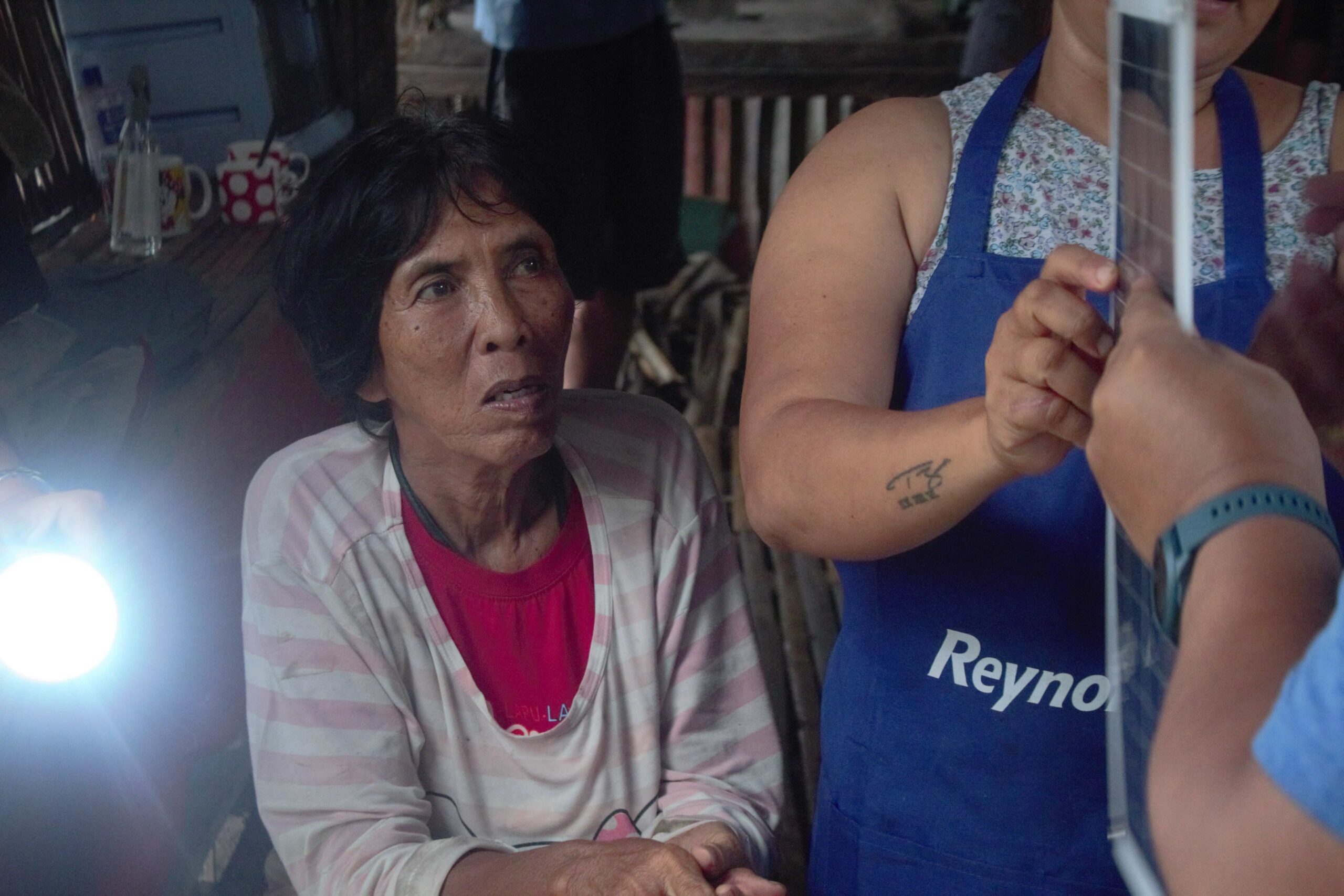
CEBU, Philippines – More than three weeks since Typhoon Odette whipped Olanggo island on December 16, 2021, major roads in the 41,000-person community remain dark.
For many residents of the island, which is part of Lapu-Lapu City, new solar panels from the city government and the off-grid solutions that private aid group Sustainable Energy and Enterprise Development for Communities (SEED4Com) brought before year end of 2021 remain their lifeline, allowing some power into their homes.
“Olangohanon magul-anong nag-antos gihapon sa tumang kangitngit tungod sa pagkaguba sa power plant sa MECO tungod ni Odette. Nagpadayon ang MECO sa pagtrabaho nga mabalik na ang ilang kuryente apan medyo madugaydugayan pa gamay,” Mayor Junard “Ahong” Chan said in his Facebook page on January 9.
(Olongohanons continue to suffer because Odette destroyed the power plant of MECO, the Mactan Electric Company.)
“Aduna tay gihatag nga mga solar system nga para lang sa panimalay apan ang mga kadalanan nagpabiling ngiob,” he added.
(We have given solar [panel] systems for homes but the roads are still dark.)
This is already a far cry from the situation on New Year’s Eve when Rappler visited the bird and marine sanctuary.
Residents at a loss
Fallen trees had flattened many of the fisherfolk’s huts and their boats lay upended on the beach. Solar-powered poles had toppled, blocking narrow roads.
Leonila Nanoy, president of the Senior Citizens Chapter in Barangay Sabang, told Rappler that elderly patients needing electricity for their medical equipment were having a difficult time.
“Naa mi usa ka senior naadmit kay dili siya kacharge sa iyahang nebulizer,” she said. (We have one senior who had to be hospitalized because she couldn’t charge her nebulizer.)
Residents lacked resources to purchase new solar panels since Odette destroyed their livelihood.
“Wala gyud. Standby mi ug walay kinabuhian. Tanan nangaguba. Among mga pumpboat ug balay nawasak gyud,” said 65-year-old fisherman Felix Inoc.
(We’re at a loss. We are on standby and we don’t have any livelihood. Everything was destroyed — our pump boats and homes.)
Odette added to the hardship of Olango residents, many of whom lost jobs in resorts during the two-year COVID-19 pandemic. Micro businesses on the island, like small kitchens and eateries, also closed down because tourists stopped coming.
The city government launched in March 2021 the “Kahayag Mo, Kaugmaon Ko” program to light up homes on the island through solar-powered technology.
It set up 80 solar panels in homes and 25 solar-powered street lights in Olango, Caohagan.
But Odette’s ferocious winds swept away or destroyed most of these lights.
A sustainable source of hope
Chan said former barangay chairman Climaco “Montor” Tatoy started installing on January 10 new solar-powered LED streetlights to ease the suffering of island folk.
Locals lightened up a bit on New Year’s Eve when SEED4Com brought a community charger that could charge up to 80 phones per day, allowing residents to contact anxious relatives.
The NGO also brought 20 solar kits – a solar lamp/solar flashlight and portable solar panel chargers – that families could share among members.
SEED4Com founder Dann Diez said the NGO was already a partner of the Olango fishers community through Project PAYAW, which helps to keep traditional fishing grounds sustainable.
“We don’t want to leave them behind. We did a relief operation with partners like CollaboX,” Diez added. “With an inverter, we can power up nebulizers. We just need to bring more wattage.”
Diez said 50 more solar kits were on their way to the island..

Diez launched SEED4Com right after Supertyphoon Yolanda in 2013, embarking on multiple relief operations to provide mountain and coastal villages with disaster-ready solar power energy.
“Our disaster risk response is really to provide disaster off-grid solutions using renewable energy because we already know that there is a loss of power during typhoons,” said Diez.
In 2014, when Typhoon Ruby hit Eastern Samar, SEED4Com collaborated with groups like Project EnKindle to bring emergency power supply to evacuation centers.
Diez hopes that more people will join their cause to help not just Olangohanons affected by Typhoon Odette, but also the rest of the province.
“Renewable energy is one of the keys for inclusive development,” Diez said.
If you’d like to donate, click this link here. – Rappler.com
Add a comment
How does this make you feel?
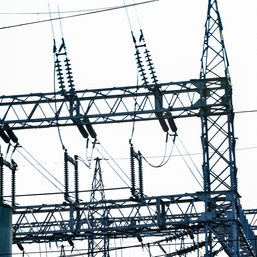
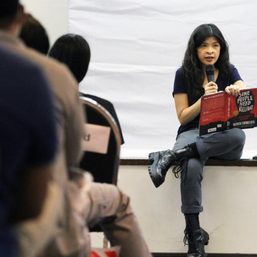

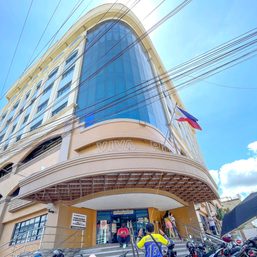
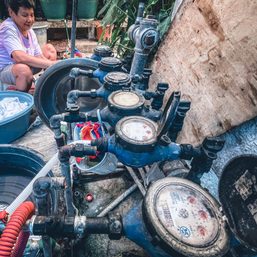
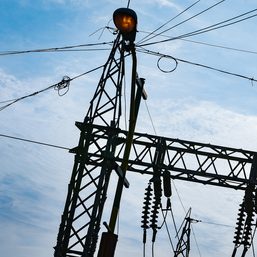
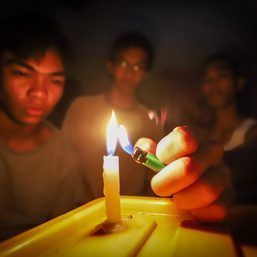
There are no comments yet. Add your comment to start the conversation.